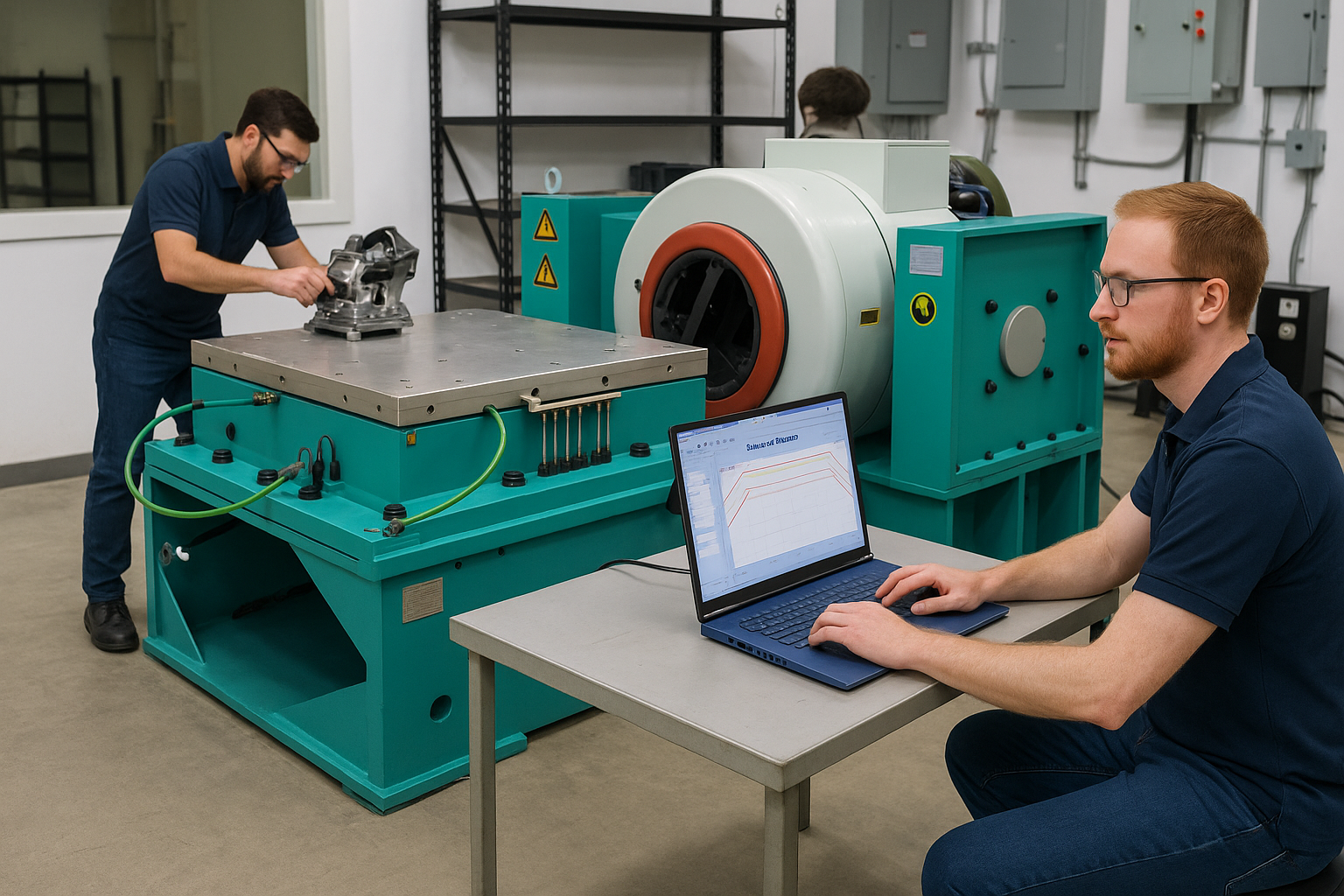Sigma Clipping
 Sigma clipping is a technique used in vibration testing to control the peak amplitudes of a random signal, preventing them from exceeding a user-defined limit. It works by setting a limit based on a number of standard deviations (sigmas) from the average ( RMS) value of the signal. This method protects the shaker and test equipment from damage due to extreme peaks, though it can distort the signal and affect damage predictions if the limits are too strict.
Sigma clipping is a technique used in vibration testing to control the peak amplitudes of a random signal, preventing them from exceeding a user-defined limit. It works by setting a limit based on a number of standard deviations (sigmas) from the average ( RMS) value of the signal. This method protects the shaker and test equipment from damage due to extreme peaks, though it can distort the signal and affect damage predictions if the limits are too strict.How it works
• Gaussian distribution: Random vibration signals are often assumed to have a Gaussian (or normal) distribution. In a perfect Gaussian distribution, extreme peaks are theoretically possible but extremely rare.
• Peak vs. RMS: While the Root Mean Square (RMS) value gives an overall measure of the signal's energy, extreme peaks can exceed the capabilities of the equipment. The ratio of a signal's peak amplitude to its RMS value is known as its crest factor.
• Clipping the signal: Sigma clipping sets a limit on the crest factor. For example, a "4-sigma clip" means the signal's peaks will be limited to a value that is, on average, 4 times the signal's RMS value.
• Probability Density Function (PDF): The clipping process truncates the PDF of the signal at the set limit. This means the signal is no longer truly Gaussian, and its statistics are altered.
Why it's used
• Equipment protection: It prevents the amplifier and shaker from being damaged by sudden, high-amplitude peaks.
• Realistic testing: It helps simulate realistic, contained peak levels in real-world environments, where infinite peaks are not possible.
Potential drawbacks
• Distortion: Clipping introduces non-linear effects and distorts the signal.
• Damage prediction: The distortion can lead to inaccuracies in predicting fatigue damage, as the altered statistics of the signal can change how it affects the test article.
• Control issues: Extreme clipping can cause problems with the control system.
Recommendations
• Use with caution: Sigma clipping should be used carefully, and the impact of severe clipping on test results should be considered.
• Typical settings: A sigma clip level of 3 to 4 is often used to provide good control while keeping peak values within reasonable limits.
• Alternatives: Modern techniques can be used to reshape the PDF to better match real-world data without the need for severe clipping.

